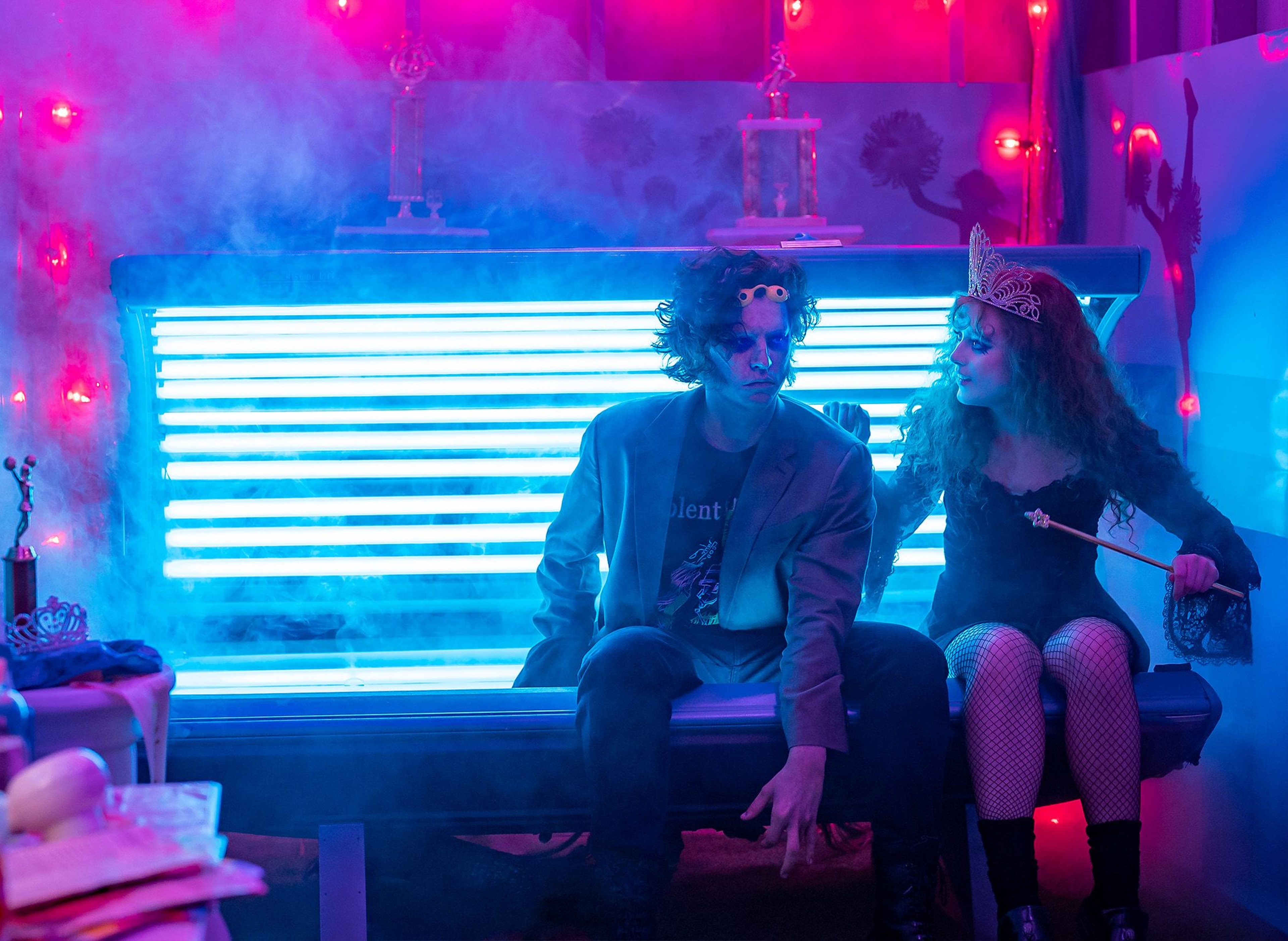In Lisa Frankenstein, directed by Zelda Williams and written by Diablo Cody, Cole Sprouse plays a 19th-century reanimated corpse whose romantic side is awakened by Lisa Swallows (Kathryn Newton), a self-conscious teen uncomfortable in her own skin. Sprouse’s character may be missing a few essential body parts but that doesn’t stop him from capturing Lisa’s heart.
For Sprouse, the role was complex on multiple layers. Not only did he have to sit for five hours of prosthetics daily, but with a lack of spoken lines, he had to create a whole new vocabulary of movement. To help find the soul of the creature, Sprouse worked with movement coach Lorin Eric Salm, founder of Los Angeles’ Mime Theatre Studio. Sprouse says in the production notes, “...it was an attempt to reach some more universal physical language about how we perceive emotions through gesture, through movement.”
Having trained with some of the greatest mimes in the world, like Marcel Marceau, Salm has translated his knowledge of how to communicate through gesture to any number of projects, from assisting animators to imagining robot movements in films like Surrogates or choreographing zombies for House of the Dead 2. Working intensively with Sprouse, Salm helped the actor express the humor and longing of the mute creature.
We spoke with Salm about the mime techniques he taught Sprouse, the art of silent film comics, and the evolution of the creature’s movements.
Lisa Frankenstein is in theaters February 9—so get your tickets now!

Movement coach Lorin Eric Salm
How did you get involved with Lisa Frankenstein?
Several months before shooting, Zelda referred Cole to me. Even though Cole was in communication with Zelda about what we were doing the whole time, my work was essentially outside of the rest of the production.
How did you help Cole imagine his character’s movements?
When I approach character movement, it's never an entirely external thing. What the character is doing on the outside is a reflection of what's going on with them on the inside. In order to identify aspects of the creature’s movement, we had to analyze who his character was when he was alive and who he is now as a reanimated corpse. Everything that he is going through in the story informs his movement in one way or another. And that was aside from the purely physical aspect of his movement.
The official trailer for Lisa Frankenstein
Since Cole’s character couldn’t speak, he needed to express his emotions with movement. What kind of emotions were important to articulate?
I went through the entire script and listed every emotion that is ascribed to his character at any point in the story so that we could see what the range of his emotions was and also chart the progression of his character from beginning to end. Also, like with the original Frankenstein monster, Cole’s creature has very strong uninhibited reactions to certain situations. His emotions can become extreme in one direction or the other, especially with feelings like anger and fear. The other big emotion was, of course, love.
There's a particular mime technique that comes from the French mime Marcel Marceau called the “conventions of the character” or the “attitudes.” These are ways of exploring different emotions and how we express them physically. It's about how emotions show themselves in the body but in a very pure form. We applied that work to individual scenes and situations in the film. Of course, as a speaking actor, Cole is always communicating something with his body. But in the absence of speech, the body becomes even more important. This was a slightly new way of looking at acting, even for an experienced actor like Cole.

Kathryn Newton and Cole Sprouse in Lisa Frankenstein
How did you employ these techniques with an actor?
I'll often have an actor act out a very simple action where the gesture is so simple that it takes almost no thought. He first acts it out in a neutral way with no emotion, then he does the same action with one particular emotion, and then he does it again with a completely different emotional register. By having the comparison of neutral with other emotions, the actor increases his awareness of just how much his emotions influence his movement and how to express emotion through movement.
Since this is also a comedy, how did you work with Cole to find the right balance of movement?
We explored different extremes, from doing things very big to doing them with great subtlety, that way Cole could experience the whole range of movements and call on whatever he needed in the moment. We also reviewed the work of some of the great silent film comics, like Charlie Chaplin and Buster Keaton. They were able to communicate a lot with very little. We explored how to convey action with subtlety rather than overcompensating with physicality. In the process of playing around with different scenes, we discovered what could be funny in them. Once you’ve discovered the comedy in a particular action, you can always rein it in if it seems too big.

Paula Huidobro and director Zelda Williams on the set of Lisa Frankenstein
In addition to finding the emotion and comedy in the character’s action, his movements also evolve from awkward to smooth over the course of the film.
We paid special attention to different stages in the creature’s development. We developed his walk and his other movements at their most extreme from when he first came out of the ground. Then we identified those places in the story where there are significant changes in his physical development so we could change his movement. We created, for example, different versions of his walk to mark his evolution. Over time, we eliminated certain movements, smoothed out others, and gave him control over others that became necessary. Overall, we identified the stages from him being more of a monster to being more human so Cole could know exactly where he needed to be physically at any part of the story.
You have worked on so many different projects, from animation to horror. What was fun about working on this film?
What I love about doing this—and pretty much every project I work on—is that there is always something new to figure out. I once did a commercial where there was a guy made of chocolate, and I had to imagine how someone made of chocolate would move. It was fun here to take on something classic like Frankenstein and give it a different spin. There are entirely new things that maybe have not been addressed before in a Frankenstein story. This is both a comic and romantic story. Also, it has a fantastic script. Even though Cole doesn’t say anything, there is a lot of great dialogue for him to react to.
This interview has been edited and condensed for clarity.
